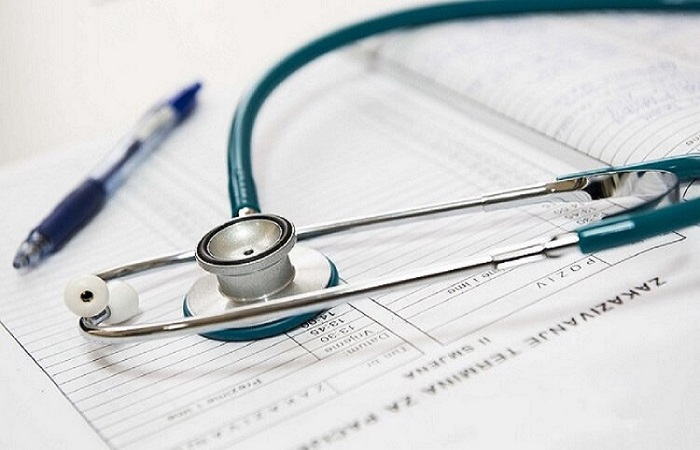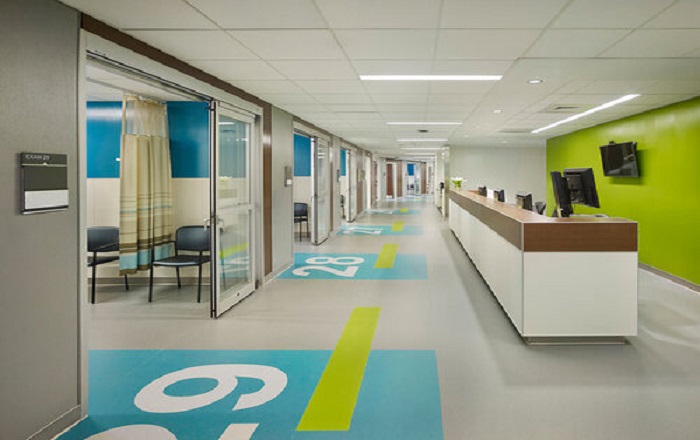
Breast cancer is the second leading cause of cancer related deaths in women, after lung cancer. Early detection significantly improves survival rates and treatment outcomes, thus the importance of regular breast cancer screenings cannot be overstated.
While mammography is viewed as the most efficient method for detecting breast cancers, there are new technological advancements on the horizon. Some of which promise more comfortable screening processes, others pledging increased accuracy. Here are a few new technologies that can help in breast cancer screening.
- Digital Mammography:
Digital mammography devices capture the x-ray image digitally . An array of detectors creates a digitised image that can be viewed and manipulated on a computer screen. According to the National Center for Biotechnology Information, the ability to enlarge or adjust the contrast of questionable areas without requiring new x-ray exposure may facilitate the detection of lesions that have been missed by film mammography.
- 3D Mammography (Tomosynthesis):
3D mammography, also known as tomosynthesis, offers a detailed view of breast tissue. It takes images from different angles around the breast and builds them into a 3-D-like image. However, it is undecided if this technology is better than the standard 2D mammography at detecting cancers at an early stage.
- MRI (Magnetic Resonance Imaging):
MRI serves as a valuable supplemental screening tool. Specialised MRI systems, designed for breast imaging as a detection method to be used with mammography, especially for dense breasts. Its sensitivity and ability to detect smaller tumours make it a critical advancement in breast cancer detection. However, it is sometimes unable to differentiate between malignancies and other tissue abnormalities. It is also unable to detect microcalcifications. Still, it is very useful in detecting recurrent cancer in breasts previously subjected to lumpectomies unlike mammography. Also, it is able to detect tumours in women with implants and dense breasts.
- Ultrasound:
Ultrasound imaging usually follows mammograms and are used to determine whether a mass that appeared on a mammogram is a solid tissue or a harmless cyst containing fluid. Ultrasound imaging devices emit high frequency sound waves which penetrate the body and generate distinctive echoes that the computer uses to generate an image. Fluid filled cysts have different sound signatures from solid tissue. Ultrasound imaging is useful in evaluating lumps that can be felt but are hard to see on mammograms. Combined with X-ray mammography, ultrasound may be able to improve early detection and accuracy of breast cancer screening, especially in women with dense breasts. However, ultrasounds are quite limited when used alone. They are often unable to detect small tumours and abnormalities linked to certain types of breast cancers.
- Computer aided Detection; AI and Machine Learning in Breast Cancer Screening:
Artificial intelligence (AI) and machine learning are transforming breast cancer detection and diagnosis. These sophisticated computer programs are trained to recognize patterns in images that might suggest a malignancy. They can be used directly on digital mammograms or on conventional mammogram films that have been converted to digital formats. They are currently regarded as a second pair of eyes for radiologists. There is still a need for more studies and research where they are concerned.
Advancements in breast cancer screening are at the forefront of early detection and improved outcomes. Emphasising regular screenings, embracing new technologies, and staying informed about breast health will collectively contribute to a world where less lives are lost to breast cancer and more lives are saved.
Moving forward, it is important to stay informed, support research initiatives, and prioritise regular breast cancer screenings. A time when breast cancеr is both trеatable and preventable is on the horizon.


